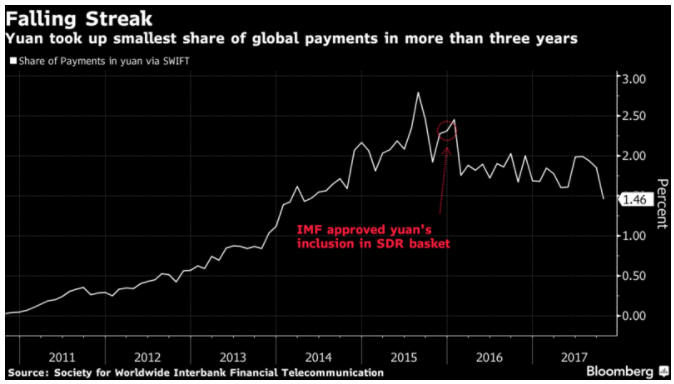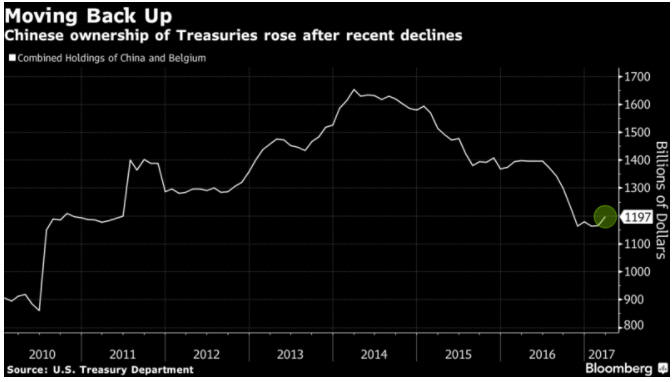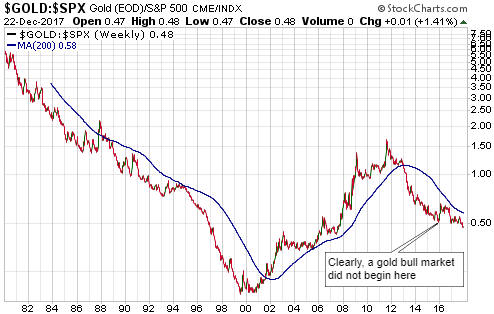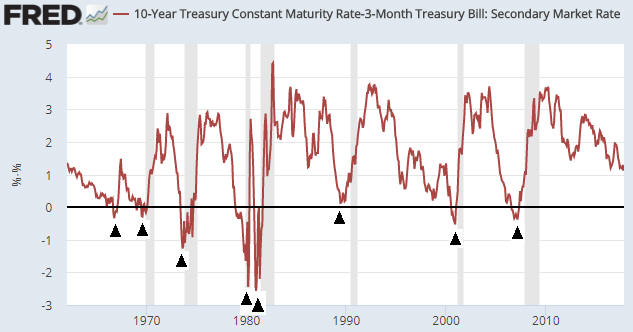The changes to US taxes that were approved late last year have drawn acclaim and criticism, but in most cases both those who view the tax changes positively and those who view the tax changes negatively are missing two important points.
Most criticism of the tax changes boils down to one of three issues. The first is that the tax cuts favour the rich. This is true, but any meaningful tax cut will have to favour the people who pay most of the tax. Furthermore, contrary to the Keynesian belief system a tax cut will bring about the greatest long-term benefit to the overall economy if it favours people who are more likely to save/invest the additional income over people who are more likely to immediately spend the additional income on consumer items.
The second criticism is that corporations, the main beneficiaries of the tax changes, will invest only a minor portion of their additional corporate profit in employment-generating business growth. This criticism is valid as far as it goes, because most large, listed corporations will use the additional income for stock re-purchases and dividend payments, while most small businesses will not be presented with new expansion potential by virtue of receiving a boost to their after-tax profits.
The third area of criticism is that the tax cuts will result in a large increase in the government’s debt, in effect meaning that the government is swapping a promise to steal less money from the private sector in the near future for a promise to steal more money from the private sector in the distant future. Again, this is true.
Those who view the tax changes in a positive light assert that corporate America will respond to the lowered taxes by making large additional investments in growth. Also, some supporters of the tax cuts either invoke the fictitious “Laffer Curve” to argue that the tax cuts will lead to higher government tax revenue and thus pay for themselves or argue that government debt is never repaid and therefore that an increase in government debt doesn’t matter.
While it is certainly true that the US government’s debt will never be repaid it doesn’t follow that an increase in government debt doesn’t matter.
The reason that an increase in government debt always matters, regardless of whether the debt ever gets repaid in full or even in part, is that unless the debt investors have access to a virtual printing press then every additional dollar invested in government debt implies a dollar less invested in the private sector. It must be this way because the dollars that are invested in government debt have to come from somewhere. If they aren’t being created out of nothing by the central bank or a commercial bank* then they must be drawn away from alternative investments. For example, if the recently-implemented US tax cuts resulted in $1T being added to the total US government debt burden over the next 5 years then an effect of the tax cuts over this period would be a $1T reduction in investment in the private sector. This $1T reduction in investment would be offset by whatever additional investment was stimulated by the increased incomes of corporations and high-net-worth individuals, but it would be only a partial offset because the beneficiaries of the tax cuts would invest much less than 100% of their additional income.
In other words, deficit-funded tax cuts result in a net reduction in productive investment. This, not the increase in the government debt per se, is an important point that is being missed by almost everyone.
The other important point that is generally being missed is that the US federal government’s tax revenue is likely to be greater in the 2018 than it was in 2017, leading to a reduced government deficit. There are two reasons for this. First, regardless of whether or not retained corporate profits held outside the US are repatriated, corporate America will have to foot a large repatriation tax bill in 2018. This should either fully or mostly offset any tax benefit collectively received by corporations in 2018. Second, the monetary-inflation-fueled economic boom should continue for another two quarters at least, giving a hefty boost to capital-gains tax payments.
The increase in the government’s tax revenue during the first year of the new tax regime will undoubtedly prompt the fans of the Laffer Curve to give themselves public pats on the back, but it’s likely that 2018′s reduced government deficit will be followed by an explosive rise in the deficit during 2019-2020 as revenues collapse in response to the combination of lower tax rates and an economic recession.
*The outcome would be different if the dollars invested in government debt were created out of nothing. Instead of the increased investment in government debt being ‘funded’ by reduced investment in the private sector (corporate bonds, etc.), the new money would cause price distortions and promote bubble activities. The short-term consequences would be superficially positive, but the long-term consequences would be dire.
 Print This Post
Print This Post




